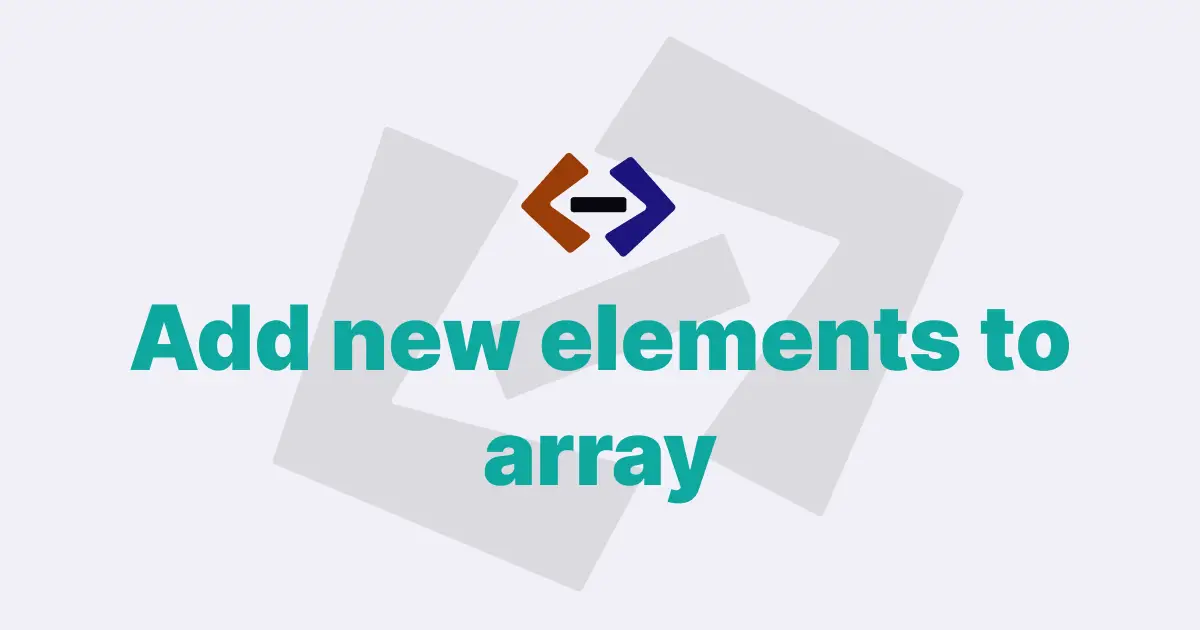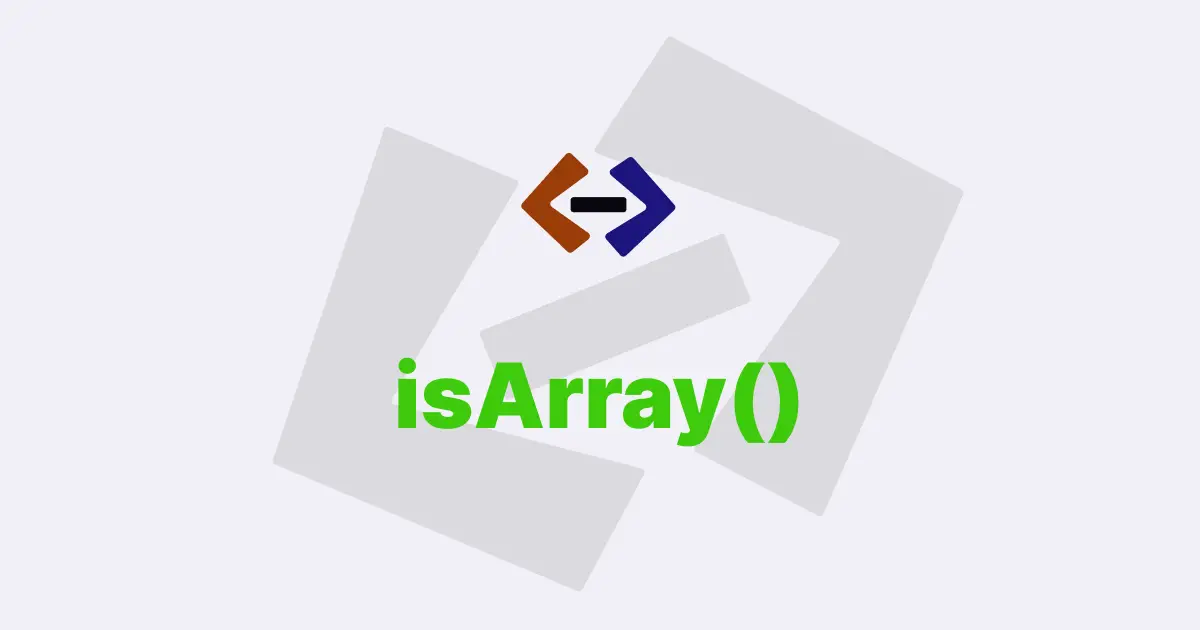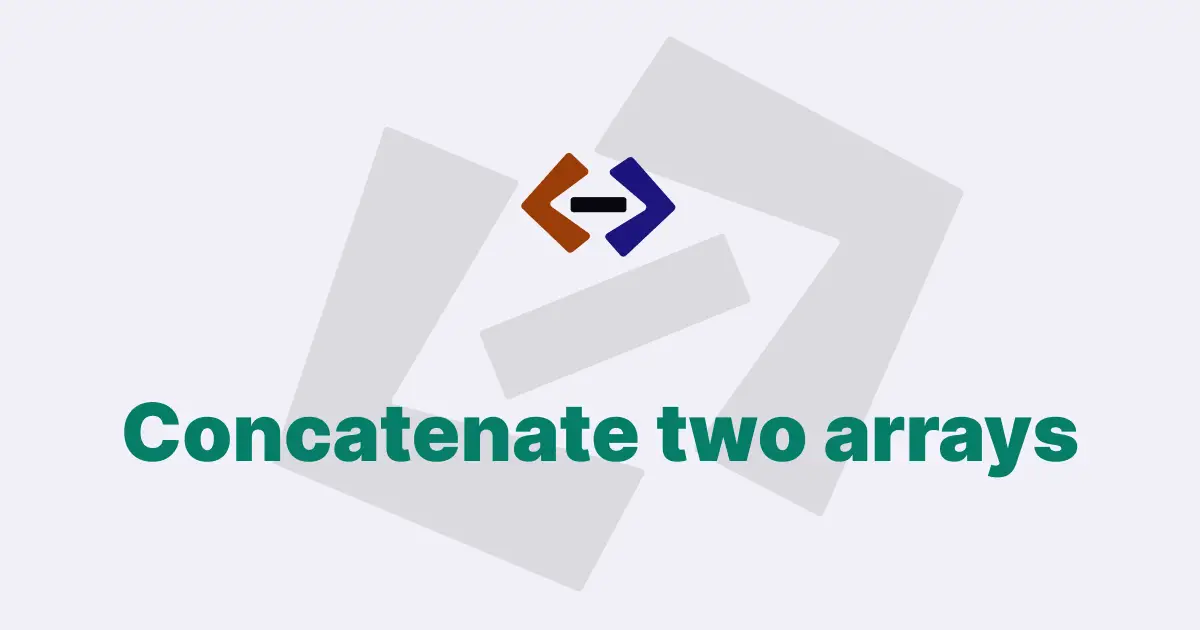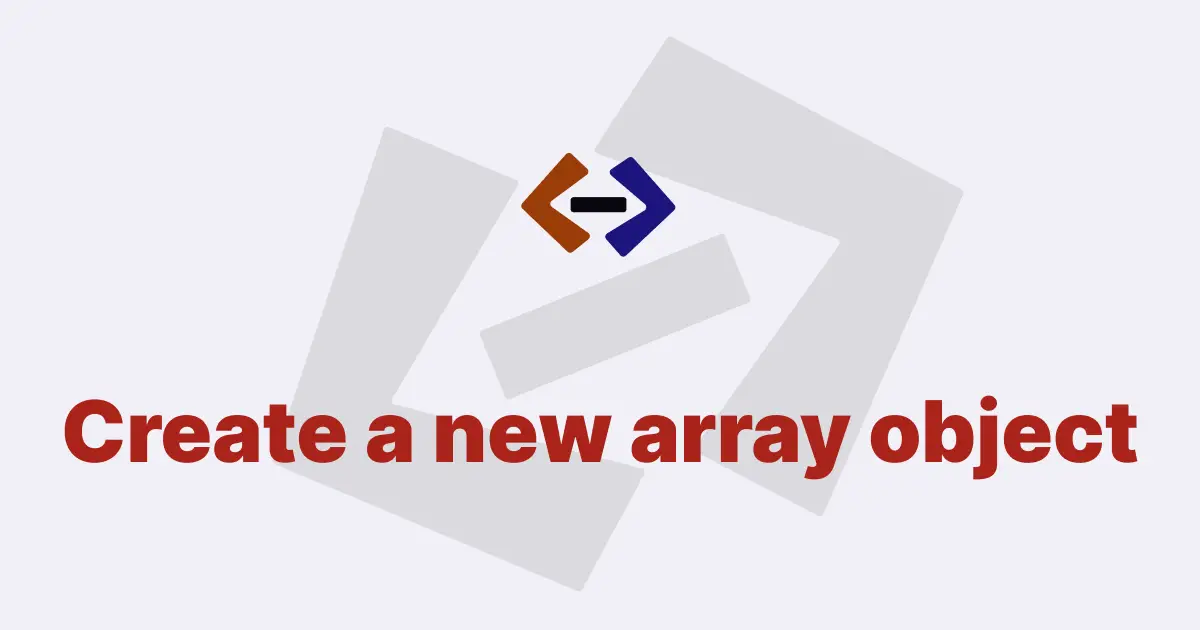In JavaScript, adding an element to the end of an array is a common operation.
There are several ways to achieve this, and in this article, we will explore some of them.
Using the push() method:
The push() method is an in-built method in JavaScript that allows you to add one or more elements to the end of an array.
The syntax for using this method is as follows:
array.push(element1, element2, ..., elementN);Here, array is the array to which you want to add elements, and element1, element2, ..., elementN are the elements that you want to add.
Let’s look at an example:
let arr = [1, 2, 3, 4];
arr.push(5);
console.log(arr);In this example, we have an array arr with four elements. We then use the push() method to add the element 5 to the end of the array. The output of this code will be [1, 2, 3, 4, 5].
You can also add multiple elements using the push() method:
let arr = [1, 2, 3, 4];
arr.push(5, 6, 7);
console.log(arr);In this example, we add three elements 5, 6, and 7 to the end of the array arr. The output of this code will be [1, 2, 3, 4, 5, 6, 7].
Using the length property:
Another way to add an element to the end of an array is by setting the value of the length property to a new value. The length property of an array represents the number of elements in the array. When you set the value of the length property to a new value, the array is automatically resized, and any new elements are added to the end of the array.
Here’s an example:
let arr = [1, 2, 3, 4];
arr[arr.length] = 5;
console.log(arr);In this example, we set the value of the arr.length property to 5. This resizes the array arr to have five elements, and the new element 5 is added to the end of the array. The output of this code will be [1, 2, 3, 4, 5].
Using the spread operator:
The spread operator (...) is a new feature in ECMAScript 6 that allows you to spread the elements of an array or an iterable object as individual arguments. You can use the spread operator to add one or more elements to the end of an array.
Here’s an example:
let arr1 = [1, 2, 3, 4];
let arr2 = [...arr1, 5];
console.log(arr2);In this example, we create a new array arr2 by spreading the elements of the array arr1 using the spread operator (...), and adding the element 5 at the end of the array. The output of this code will be [1, 2, 3, 4, 5].
Using the concat() method:
The concat() method is another way to add one or more elements to the end of an array. The concat() method creates a new array by concatenating two or more arrays or values.
Here’s an example:
let arr1 = [1, 2, 3];
let arr2 = arr1.concat(4, 5);
console.log(arr2);In this example, we create a new array arr2 by concatenating the array arr1 with the values 4 and 5. The output of this code will be [1, 2, 3, 4, 5].
Using the splice() method:
The splice() method is an in-built method in JavaScript that allows you to add or remove elements from an array at a specific index. You can use the splice() method to add one or more elements to the end of an array by specifying the index at which you want to add the new elements.
let arr = [1, 2, 3, 4];
arr.splice(arr.length, 0, 5);
console.log(arr);In this example, we use the splice() method to add the element 5 to the end of the array arr. We specify the index as arr.length, which means that the new element will be added at the end of the array. The second parameter 0 indicates that we are not removing any elements from the array. The output of this code will be [1, 2, 3, 4, 5].
Thank you for reading, and let’s have conversation with each other
Thank you for reading my article. Let’s have conversation on Twitter and LinkedIn by connecting.





